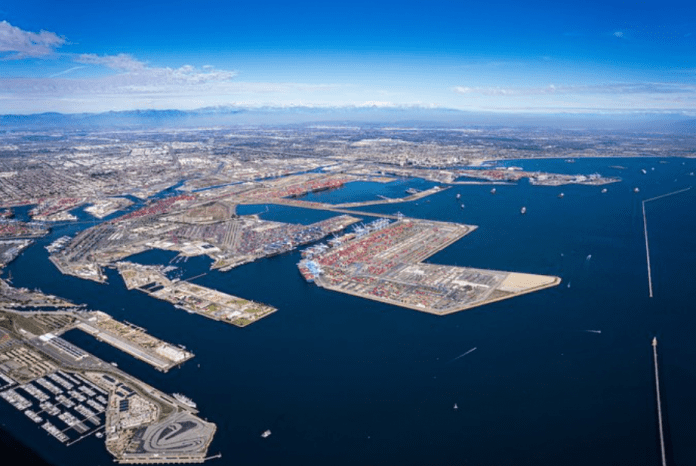A final report on the current status and overall feasibility of using clean cargo handling equipment technology has been released by the port of Long Beach and Los Angeles as they work toward the 2017 Clean Air Action Plan (CAAP) Update’s 2030 goal of a zero-emissions cargo-handling fleet.
Specifically, the Californian ports released a draft assessment in March 2022 for public review and comment.
It was based on the inaugural 2018 assessment and looked at the current state of the technology, operational characteristics, economic considerations, infrastructure availability and commercial readiness related to cleaner cargo handling equipment. The final report refers to comments from a diverse group of stakeholders.
Updated in 2017, the CAAP contains a comprehensive strategy to accelerate progress towards a ‘green’ future, while at the same time protecting and strengthening the competitive position of ports in the global economy.
As part of this strategy, the ports committed to developing feasibility assessments every three years for terminal equipment and drayage trucks to inform their approach to achieving these goals.
The ports currently display 56 pieces of cargo handling equipment, including zero-emissions yard tractors, top handlers, forklifts and rubber-tired cranes, and 16 class 8 on-road trucks, including hybrid, battery electric and hydrogen fuel cell technologies, with a number additional terminal equipment and trucks to be commissioned before the end of 2022.
It should be noted that since 2005, air pollution emissions associated with these two ports have decreased by 90% for diesel particulates, 63% for nitrogen oxides and 97% for sulfur oxides, according to a statement.
Targets to reduce greenhouse gases from port-related sources were introduced as part of the 2017 CAAP update. The document calls for ports to reduce emissions to 40% below 1990 levels by 2030 and 80% below 1990 levels by 2050. The CAAP was originally adopted in 2006.







